How Trump Could Rein In the Fed
The president is not happy with Federal Reserve policy and is in a position to do something about it. But if he is going to change the makeup of the Federal Reserve Board, he must appoint people who understand how to kick-start the economy.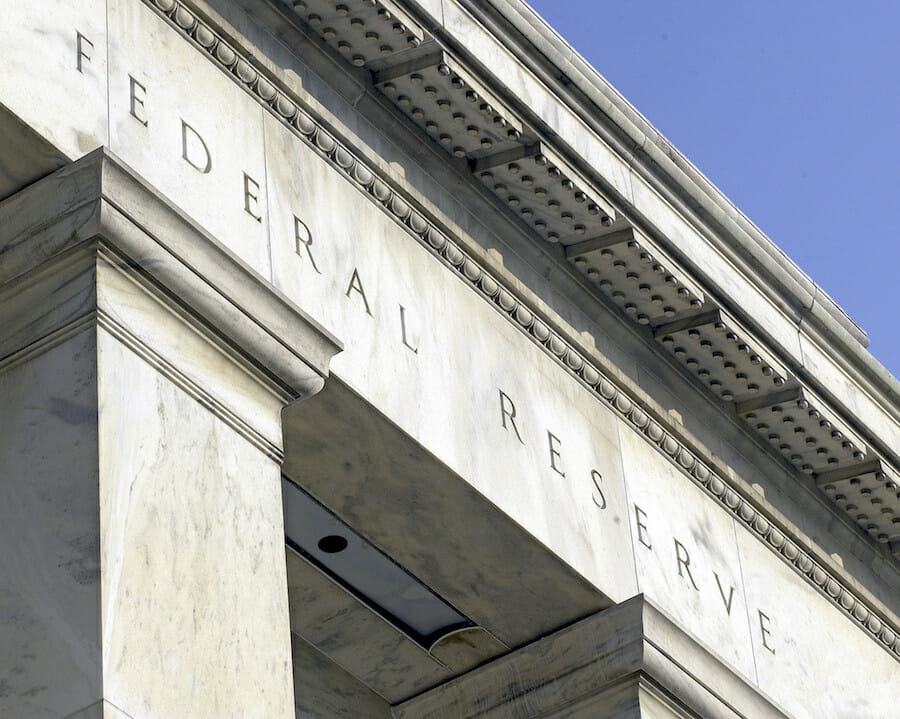 Federal Reserve headquarters in Washington, D.C. (Federalreserve / Flickr)
Federal Reserve headquarters in Washington, D.C. (Federalreserve / Flickr)
For half a century, presidents have refrained from criticizing the “independent” Federal Reserve. But that was before Donald Trump. In response to a question about Fed interest rate policy during a July 19 CNBC interview, the president shocked commentators by stating, “I’m not thrilled. Because we go up, and every time you go up, they want to raise rates again. … I am not happy about it. … I don’t like all of this work that we’re putting into the economy and then I see rates going up.” He acknowledged the central bank’s independence, but the point was made: The Fed is hurting the economy with its “quantitative tightening” policies and needs to watch its step.
In commentary on CNBC.com, banking analyst Richard Bove contended that the president was positioning himself to take control of the Federal Reserve, “both because he can and because his broader policies argue that he should do so. … By raising interest rates and stopping the growth in the money supply, [the Fed] stands in the way of further growth in the American economy.”
How could the president take control? Bove explained:
The Board of Governors of the Federal Reserve is required to have seven members. It has three. Two of the current governors were put into their position by President Trump. Two more have been nominated by the president and are awaiting confirmation by the Senate. After these two are put on the Fed’s board, the president will then nominate two more to follow them. In essence, it is possible that six of the seven Board members will be put in place by Trump.
Those seven, along with five federal district bank presidents, compose the Federal Open Market Committee, which sets monetary policy. One of those district bank presidents, Minnesota Fed head Neel Kashkari, is already arguing against further rate increases.
Bove observed that in the second quarter of 2018, the growth in the money supply was zero. Why? He blamed “the tightest monetary policy since Paul Volcker, whose policies in the mid-1980s led to back-to-back recessions.” The Fed has raised interest rates seven times, with five more scheduled, while it is shrinking its balance sheet by $40 billion per month, soon to be $50 billion per month. Bove concluded:
The president can and will take control of the Fed. It may be recalled when the law was written creating the Federal Reserve the secretary of the Treasury was designated as the head of the Federal Reserve. We are going to return to that era.
The Controversial History of Central Bank Independence
Ever since the 1970s, the Fed and other central banks have insisted on independence from political control. But according to Timothy Canova, professor of law and public finance at Nova Southeastern University in Florida, independence has really come to mean a central bank that has been captured by very large banking interests. It might be independent of oversight by politicians, but it is not a neutral arbiter. This has not always been the case. During the period following the Great Depression, Canova says, the Fed as a practical matter was not independent but took its marching orders from the White House and the Treasury. It was the most successful period in American economic history.
According to Bernard Lietaer, a former Belgian central banker who has written extensively on monetary innovation, the real job of central bankers is to serve the banking system by keeping the debt machine going. He writes:
[W]e can produce more than enough food to feed everybody, and there is definitely enough work for everybody in the world, but there is clearly not enough money to pay for it all. The scarcity is in our national currencies. In fact, the job of central banks is to create and maintain that currency scarcity. The direct consequence is that we have to fight with each other in order to survive.
The rationale for central bank independence dates to a bout in the 1970s of “stagflation”—rapidly rising prices along with stagnant productivity. The inflation surges were blamed on political pressure put on Fed Chairman Arthur Burns by the Nixon administration to follow easy-money policies, but the link between easy-money policies and inflation is not at all clear. The Japanese have had near-zero interest rates for two decades and cannot generate price inflation, although they are trying to. An alternative explanation for the rising prices of the 1970s was that producers’ costs had gone up, largely from increased labor costs due to the strong bargaining power of unions and the skyrocketing cost of oil due to the 1974 oil embargo.
However, Fed policy remains stuck on the “quantity theory of money,” which says that increasing the money in the system decreases the value of the currency, driving up prices. The theory omits the supply factor. As long as workers and materials are available, increasing “demand” (money) can generate the supply needed to meet that demand. Supply and demand increase together and prices remain stable. And today, local economies are suffering from a lack of demand, while plenty of workers are available to generate supply. According to John Williams at shadowstats.com, the real unemployment figure as of April—including long-term discouraged workers, who were defined out of official existence in 1994—was 21.5 percent. In addition, there is the labor potential of robots and computers. A vast workforce is thus available to fill the gap between supply and demand, allowing new money to be added to the economy.
But the Fed insists on “sterilizing” every purported effort to stimulate demand, by making sure the new money never gets into the consumer economy. The money produced through quantitative easing remains trapped on bank balance sheets, where the Fed pays interest on excess reserves, killing any incentive for the banks to lend even to other banks; and now the Fed is systematically returning even that money to its own balance sheet.
The High Price of Challenging the Fed
As for President Nixon, an interesting alternative explanation has been put forward for the orchestrated calls for his impeachment. In a 2010 book titled “The American Caliphate,” R. Duane Willing says Nixon’s real crime was that he dared to challenge Federal Reserve/Wall Street control of the monetary system. He says the Nixon White House had quietly drafted and sponsored a Federal Charter Bill that would have changed U.S. financial history. Willing worked for the Federal Home Loan Bank Board during the Nixon era and was tasked with defining the system requirements that would make a central computerized checking account and loan system available to the new banking scheme. He wrote:
The hidden secret since the beginning of modern capitalism is that money is created and managed by bank control over checking accounts in the loan-making process. …
President Nixon was preparing the Federal Home Loan Bank Board to change the traditional role of American savings and loan associations. They were to change from community-centered, mutually-owned deposit and savings associations to regular commercial banks that have money creation powers. … The converted savings and loan associations would have full banking powers to make loans and investments, providing a first full-service nationwide bank for Americans. …
Properly done with wise policy, the control of the national money supply would be regulated by needs at the local level.
The proposed legislation provided for a separate central bank to backstop local credit unions and a much greater degree of competition for a wide array of financial services. But Willing says Nixon’s plan for national finance, along with his plan for health care and a guaranteed income, alarmed the Wall Street/Federal Reserve power bloc, which was about to be challenged like never before. He writes:
The “Watergate” saga was obviously just Senatorial theater. … The Wall Street Great Merchants as owners of the Senate … were making certain that the money dreams of “Tricky Dick” and his vision for the Republic protected with a network of converted Savings and Loan associations was doomed. …
Only John Kennedy, Abraham Lincoln and two other assassinated presidents, James Garfield and William McKinley, prior to Nixon had actively contemplated changes of such magnitude in the U.S. financial system.
Garfield observed that “whoever controls the volume of money in our country is absolute master of all industry and commerce … and when you realize that the entire money system is very easily controlled, one way or another by a few powerful men, you will not have to be told how periods of inflation and depression originate.”
Keeping the money supply “tight” serves the interests of the banks because it means people and businesses must continually borrow to cover their costs. As Willing puts it, the banks’ agenda is to provide a steady income from a permanent flow of monthly payments from consumers burdened with installment debt. The role of the Wall Street-dominated central bank is to preserve that income stream for the banks.
To truly serve the economy and the people, the Fed needs to be transformed into a public utility with a mandate to serve the interests of the people. The president’s criticisms are thus timely and needed. But if he is planning to change the makeup of the Federal Reserve Board, he needs to appoint people who understand that the way to jump-start the economy is to inject new money directly into it rather than keeping the money “sterilized” on bank balance sheets.
Your support matters…Independent journalism is under threat and overshadowed by heavily funded mainstream media.
You can help level the playing field. Become a member.
Your tax-deductible contribution keeps us digging beneath the headlines to give you thought-provoking, investigative reporting and analysis that unearths what's really happening- without compromise.
Give today to support our courageous, independent journalists.
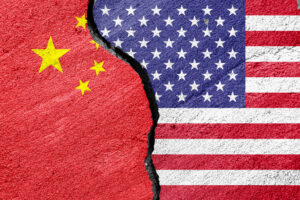
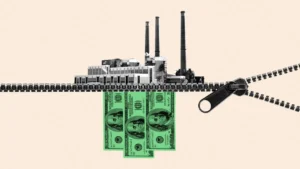
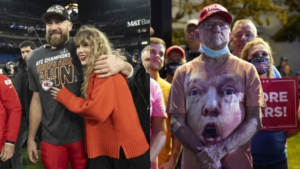
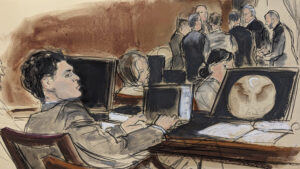

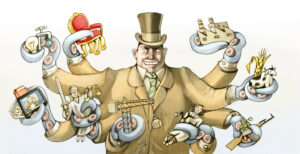


You need to be a supporter to comment.
There are currently no responses to this article.
Be the first to respond.